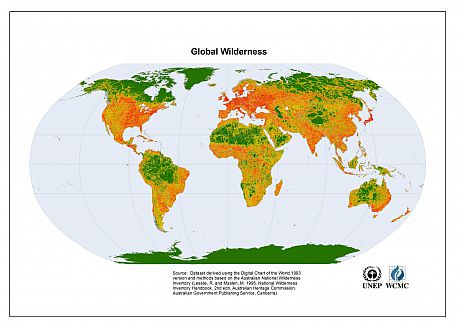
Globally there are a number of biodiversity hotspots, with extremely high species numbers, that face ongoing degradation in addition to an increase in average world temperatures.These regions, and their biodiversity heritage, are unique gifts to humanity and their destruction is irreversible. The protection of these treasures is essential for the survival of millions of species and for future generations of humans.
Many biodiversity hotspots coincide with remaining reserves of fossil fuels. The extraction of fossil fuels and their usage has multiple climate change impacts that feed back and negatively impact biodiversity. According to a study by the International Energy Agency more than two-thirds of current proven fossil-fuel reserves cannot be consumed prior to 2050 and must remain underground to avoid a global temperature increase of over two degrees centigrade by the end of this century1. If this is accepted then we need to make intelligent global decisions on where we can extract and where it should remain underground. Additionally we must use the fuel wisely to build a post-fossil fuel society based on renewable energy.
To avoid collateral impact to biodiversity and ecosystem services we should avoid extraction from biodiversity rich areas such as tropical rainforest areas, where extraction is typically followed by waves of deforestation and degradation that itself contributes significantly to atmospheric carbon dioxide. There are many countries where the location of biodiversity and oil reserves clash. Larrea2 mentions 15 countries where this is the case: Bolivia, Brazil, Colombia, Costa Rica, Democratic Republic of Congo, Ecuador, India, Indonesia, Madagascar, Malaysia, Papua New Guinea, Peru, The Philippines, and Venezuela.
In these areas biodiversity is itself an immense carbon sink and treasure which should be protected to ensure our planets resilience. We need to take active steps towards maintaining a planet with a temperature increase of less than four degrees centigrade3,4.
References
[1] IEA (2012), “World Energy Outlook 2012".
[2] Larrea, C. (2012), “Ecuadors Yasuni-ITT Initiative A Critical Assessment".
[4] As a World Bank study argues a 4 degreee world must be avoided in any case see:
Potsdam Institute for Climate Impact Research and Climate Analytics (2012), “Turn Down the heat. Why a 4 degree centrigrade warmer world must be avoided”.
